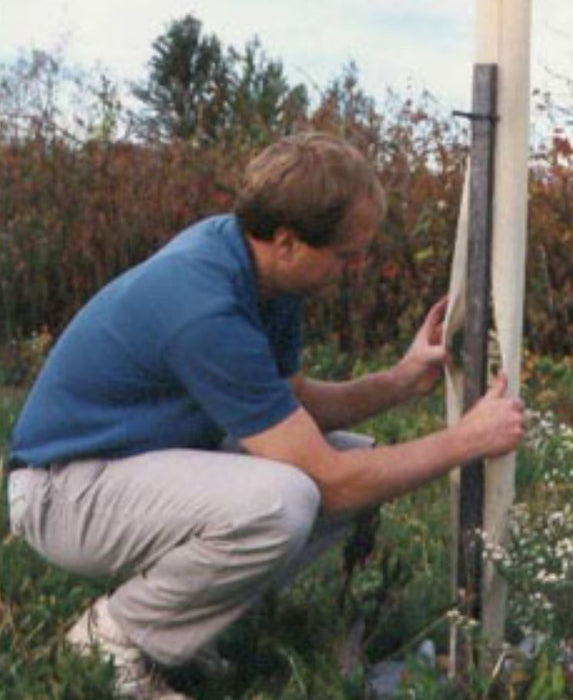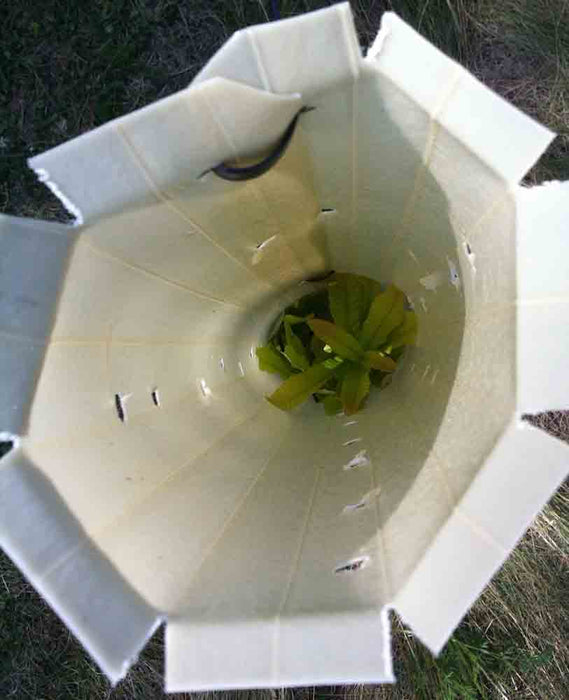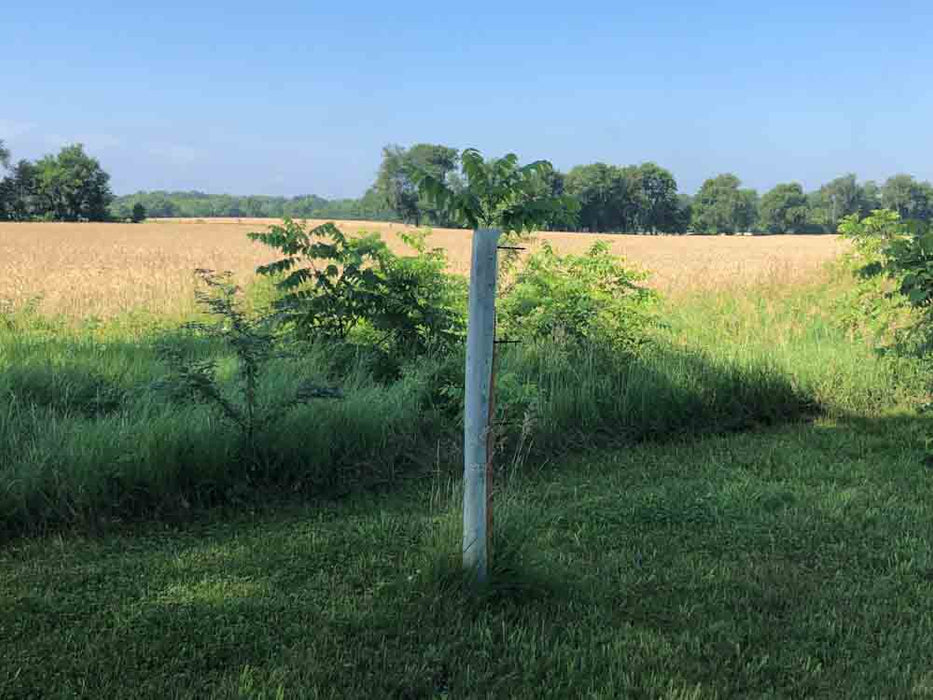Tree Protectors To Prevent Deer Damage - 24"
FREE SHIPPING
Our Tree Protectors are designed to prevent deer damage and are produced from s 100% recycled polyethylene plastic sheet that is formed into a tube to protect your seedlings. The slit tube design can be easily connected with releasable zip ties (included). The tube has permanent venting and is UV stabilized for 5-7 years. The tube diameter is 4.15".
The tree protectors to prevent deer damage are available in various height options. They can be easily removed and reused for multiple applications.
***Minimum Order Requirement is 100 Units.***
Available in 12", 18", 24", 30", 36", 48", 60", and 72" height options. View All Products >
Stakes and bird net not included.










